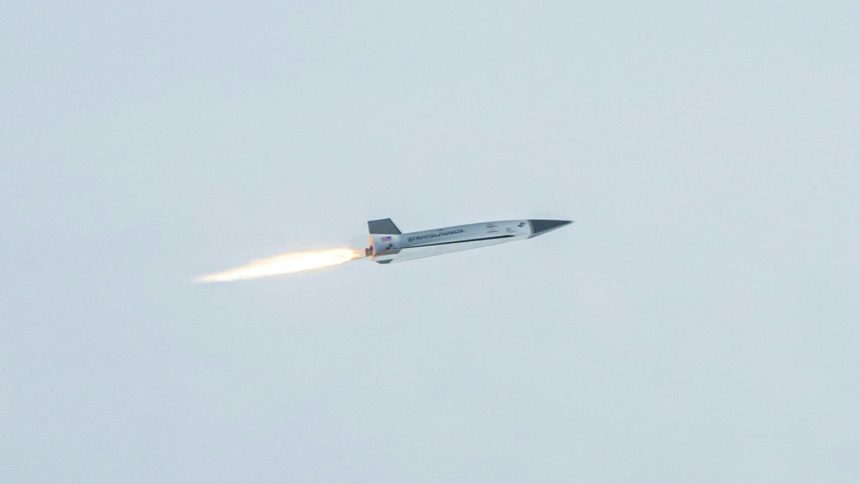Talon-A2 conducted a successful hypersonic flight and recovery in March 2025, after the first in December 2024.
Stratolaunch announced on May 5, 2025, the successful completion of its second hypersonic flight and recovery with the Talon-A2 (TA-2) fully autonomous vehicle in March 2025. This milestone follows the first hypersonic flight and recovery of Talon-A2 in December 2024, and has now confirmed the reusability of the vehicle.
While it did not release the exact numbers, the company said Talon-A2 surpassed Mach 5 on both flights. During the second flight, TA-2 exceeded the previous speed record set with the December flight.
According to Aviation Week, the flights are believed to have been conducted on Dec. 20 and Mar. 24. Both missions also carried several payloads, including experiments for the Department of Defense.
“With the data collected from this second flight, we are able to apply lessons learned to enhance the strength and performance of the Talon-A vehicles,” Dr. Zachary Krevor, President and CEO of Stratolaunch. “While the team needs to complete its data review of flight two, the first flight review confirmed the robustness of the Talon-A design while demonstrating the ability to meet the full range of performance capabilities desired by our customers.”
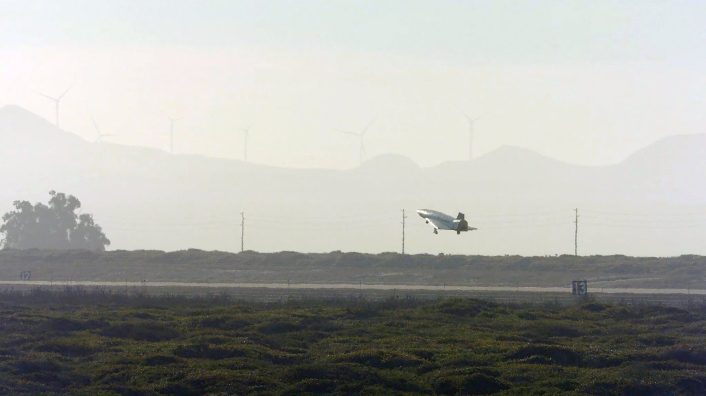
Krevor further stressed that, with the seconds flight, they now “demonstrated hypersonic speed, added the complexity of a full runway landing with prompt payload recovery, and proven reusability.” In fact, Stratolaunch has progressed from the initial single use TA-1 to the new fully reusable vehicle.
Aviation Week, quoting Aaron Cassebeer, Stratolaunch chief product officer, says TA-2 was in good condition after the first flight, with only some minor surface heat discoloration in areas of high thermal loads around the wing-fuselage junction, leading edges and vertical tail. Also, the maintenance work on TA-2 between the two flights included replacement of some avionics and refurbishment of the thermal protection system.
Northrop Grumman also disclosed that the Talon-A2 vehicle was equipped with its Advanced Hypersonic Technology Inertial Measurement Unit. Thanks to these two test flights, the company says they moved “one step closer to precisely navigating hypersonic vehicles in GPS-denied environments, further protecting the trajectory of the hypersonic vehicle from adversary threats.”
“Survivability of the navigation unit, also known as a hemispherical resonator gyroscope, is a major accomplishment due to the harsh environment hypersonic speed presents and the intense forces experienced as the technology operates within Earth’s atmospheric boundary,” explains Northrop Grumman. “This technology collected hours of critical ground and flight data, pivotal for future development.”
Talon A1 and A2
The Talon-A TA-1 was a single use aircraft which splashed in the ocean at the end of its tests, but Stratolaunch’s goal is to obtain a fully reusable vehicle that can make access to the hypersonic flight environment more routine and affordable. The data from TA-1’s first powered flight was used to continue the preparation of the TA-2’s first flight.
“Our goal with this flight was to continue our risk reduction approach for TA-2’s first reusable flight and be steadfast on our commitment of delivering maximum value to our customers,” said Dr. Zachary Krevor, President and CEO of Stratolaunch, after TA-1’s flight.
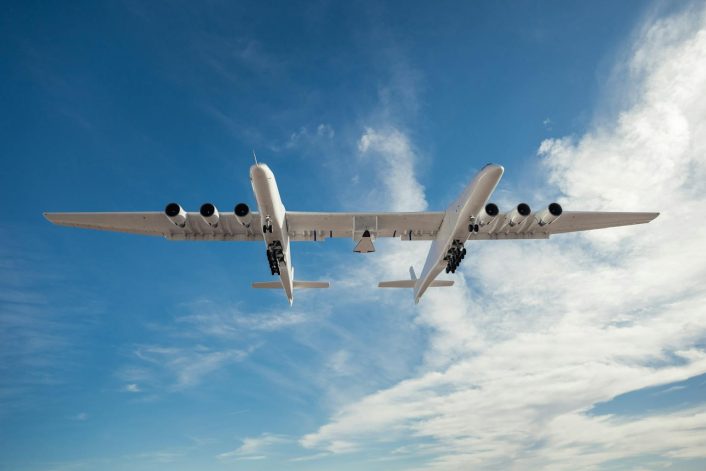
For its first flight, Talon-A was released from the Scaled Composites Model 351 Stratolaunch, also known as “Roc”, a six-engine, twin fuselage aircraft which is currently the aircraft with the world’s largest wingspan. According to the company, primary objectives for the flight test included accomplishing safe air-launch release of the TA-1 vehicle, engine ignition, acceleration, sustained climb in altitude, and a controlled water landing.
TA-2, the third airframe built so far, has been equipped with a landing gear and is designed to recover for landing at Vandenberg Space Force Base after each flight. Another Talon-A, TA-3, is also being assembled, with the U.S. Air Force providing funds to support the manufacture and at least one test flight.
Hadley liquid rocket engine
The engine installed on Talon-A is the Ursa Major Hadley oxidizer-rich staged combustion cycle rocket engine, which uses kerosene and liquid oxygen to obtain a 22-kilonewton (5,000 lbf) thrust. The company says the engine successfully achieved sustained hypersonic speeds during two separate tests, exceeding flight and power objectives for the TA-2.
“With these successful sustained hypersonic flights, Ursa Major and Stratolaunch are pushing the boundaries of hypersonic technology and building a track record of achievement,” said Ursa Major CEO Dan Jablonsky. “Ursa Major is answering the call from our military and government partners to innovate and meet the mission to provide critical national security capabilities, while continuing to assert ourselves as a hypersonics category leader for the warfighter.”
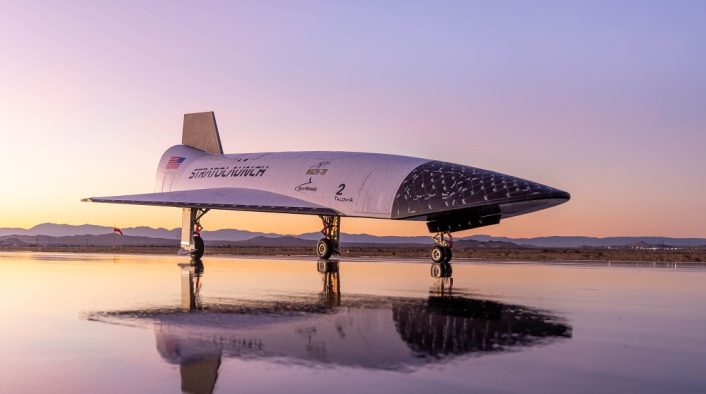
Ursa Major explained that Hadley is designed as a reusable rocket engine for commercial space and national security needs involving small vehicles or hypersonic applications. The company further stated that Hadley is the first product in a family of propulsion systems, including liquid rocket engines, solid rocket motors, and in-space propulsion systems currently being designed, developed, and produced.
MACH-TB
The two flights of the Talon-A2 are part of the Multi-Service Advanced Capability Hypersonics Test Bed (MACH-TB) project. In both tests, the Talon-A launched from the Roc carrier aircraft, flew over the Pacific Ocean and achieved speeds greater than Mach 5 (the conventional threshold for hypersonic speed) before landing at Vandenberg Space Force Base, California, said the Department of Defense.
“Demonstrating the reuse of fully recoverable hypersonic test vehicles is an important milestone for MACH-TB,” stated George Rumford, Director of the DoD’s Test Resource Management Center (TRMC). “Lessons learned from this test campaign will help us reduce vehicle turnaround time from months down to weeks.”
Notably, the TRMC mentions that “this test campaign marks the Nation’s first return to reusable hypersonic flight testing since the manned X-15 program ended in 1968.” U.S. officials argued in the past that the limited test infrastructure hindered the development of hypersonic systems and the nation was falling behind China and Russia which already fielded hypersonic weapons.
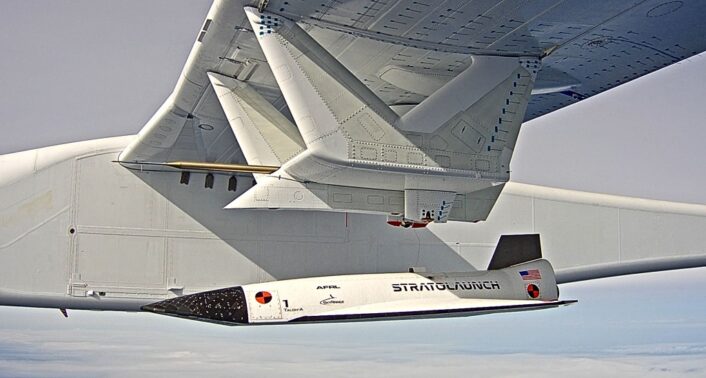
First initiated by the U.S. Navy in 2022, the MACH-TB program is now in its second phase, after the MACH-TB 1.0 resulted in over 25 flight tests and the creation a hypersonic boost glide testbed. The 2.0 phase will see that technology transition from design and concept demonstration to full-flight test capacity.
The program is meant to support the National Hypersonic Initiative 2.0 by creating an affordable flight test bed to rapidly increase hypersonic flight test capacity. The objective of MACH-TB 2.0 is to provide an affordable bridge between hypersonic ground tests and system level flight tests and reduce overall hypersonic development risks and time.
In January 2025, Kratos and Stratolaunch signed a contract with the DoD for “systems engineering, integration, and testing, to include integrated subscale, full-scale, and air launch services to address the need to affordably increase hypersonic flight test cadence.”
Future
According to Defense News, Stratolaunch is on contract for five MACH-TB flights and will support a Missile Defense Agency test campaign later this year. Krevor further said the company has a full flight manifest through 2025 and has started booking the Talon-A for 2026.
Krevor also noted that the company is currently focusing on expanding Talon-A’s flight envelope, allowing it to fly faster, perform more maneuvers and maintain hypersonic speeds for longer durations. The next flight is planned for later this quarter, meaning it could happen by June.
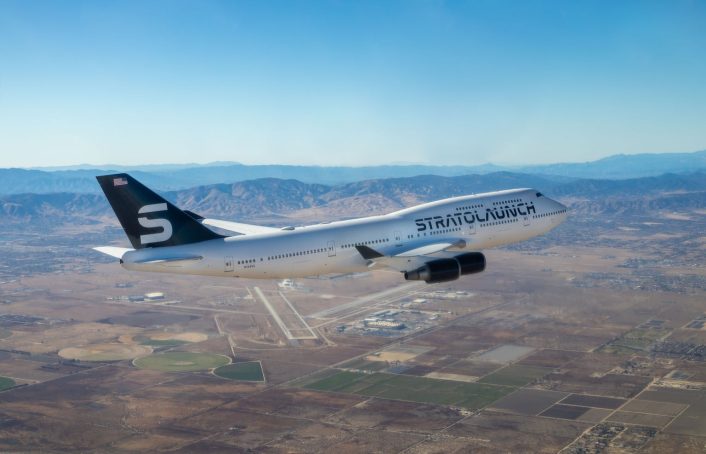
Stratolaunch is also working on another launch platform, the Boeing 747-400 carrier aircraft formerly used by Virgin Orbit, which is being repurposed with a new livery and a new name, “Spirit of Mojave”. The Boeing 747 is more compact than Roc, making it easy to accommodate launches in any location with minimal ground support. The platform also hosts a mobile control center for real-time mission operations.
When Talon A3 will join TA-2 and the B747 will join Roc, expected in 2026, Stratolaunch aims to fly up to 24 missions per year, says Aviation Week. Also, TA-3 is expected to make its first flight later this year, while TA-4 is already in production.

